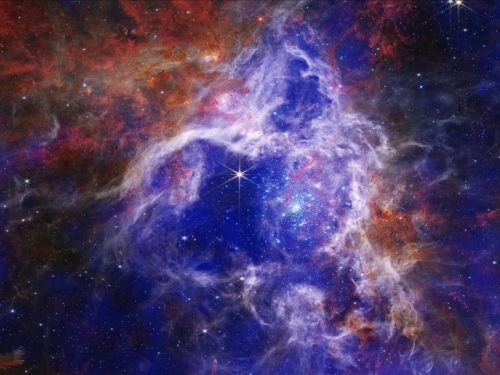A new project turns astronomical images from the Chandra X-ray Observatory—operated for NASA by the Smithsonian Astrophysical Observatory—and other telescopes into sound.
When you see stunning images of space, they’re often visual representations of data captured by telescopes, with different colors for different elements or types of energy. Now scientists are translating that data into sound—a process called sonification. Through sonification, you can "listen" to the center of the Milky Way as observed in X-ray, optical, and infrared light.
The effort started to connect audiences, particularly those who are blind or low vision, with astrophysics data. The COVID-19 pandemic meant that physical 3D models of space objects were no longer the best way to experience these phenomena. The sonification team worked with scientists and students who are blind or have low vision to share this information in a new digital way.
